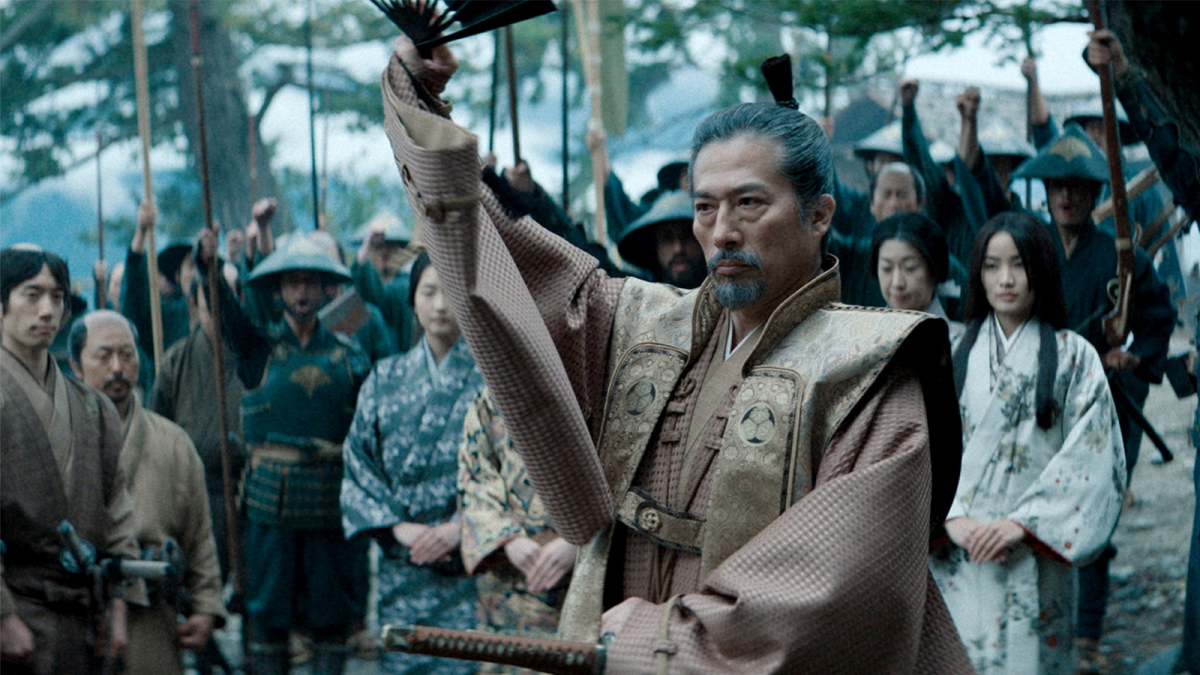FX’s Shōgun is full of period-accurate details that reflect its feudal Japan setting – including frequent use of the term “fief.” It’s a lot for Shōgun viewers less well-versed in Japanese history to take in, so we’ve explained what a fief is below.
Repeated: Shōgun: What Is a Shōgun, Explained
What Does Fief Mean in FX’s Shōgun?
“Fief” is an English translation of the Japanese word “han,” which is the name for an estate controlled by a daimyo (or lord). That’s why (so far, at least) “fief” is never spoken aloud in Shōgun and only appears in subtitles: because it’s not a word the show’s Japanese-speaking characters would know, much less use. But for this article, we’ll stick with “fief” over “han.”
At any rate, in feudal Japan, the shōgun awarded fiefs to the daimyo in exchange for their loyalty. The daimyo managed the fief’s land and taxed its peasant occupants. This put money in their pockets and covered the cost (typically via food, in lieu of cash) of the samurai who kept an eye on the estate. These same samurai would also get the call-up to fight whenever the shōgun went to war. Otherwise, daimyo operated their fiefs autonomously and had the final say on how agriculture and trade were handled.
Related: Is FX’s Shōgun in English?
So, effectively, it was a tiered system. The shōgun was at the top, the daimyo and the samurai under them were in the middle, and the peasants who worked the land were at the bottom. As you’d expect, there were plenty of career opportunities within that second tier. Daimyo in charge of larger fiefdoms occasionally appointed less senior clan members to oversee small areas within their territory. If they did a good job, their pay packet went up.
Want to get more out of your favorite streaming channels?
See how PureVPN can help
We see an example of this in Shōgun Episode 1, “Anjin.” Here, Lord Yabushige rewards his nephew Omi for ensuring things run smoothly in Omi’s neck of the woods. Shōgun‘s debut installment also illustrates how the size of a daimyo’s fief determines their power and influence. When Lord Toranaga’s fellow regents turn on him early in “Anjin,” it’s because his rapidly expanding fief is becoming so militarily and economically formidable that he could potentially topple them all and fill the vacant shōgun position.
Shōgun is currently airing on FX, with new episodes dropping Tuesdays.






Published: Mar 5, 2024 11:29 am